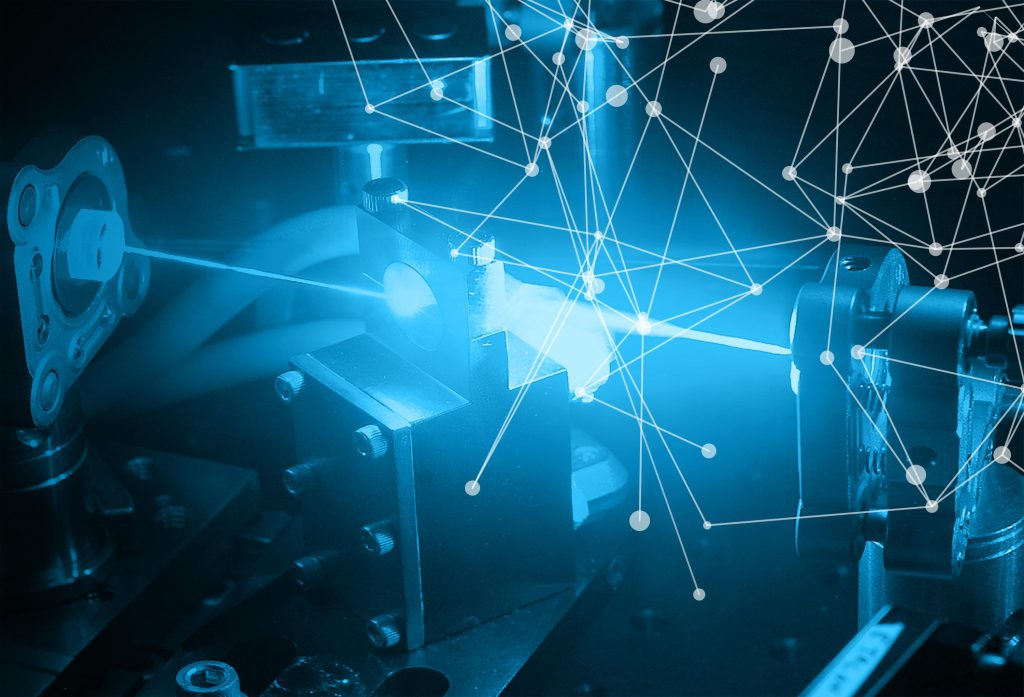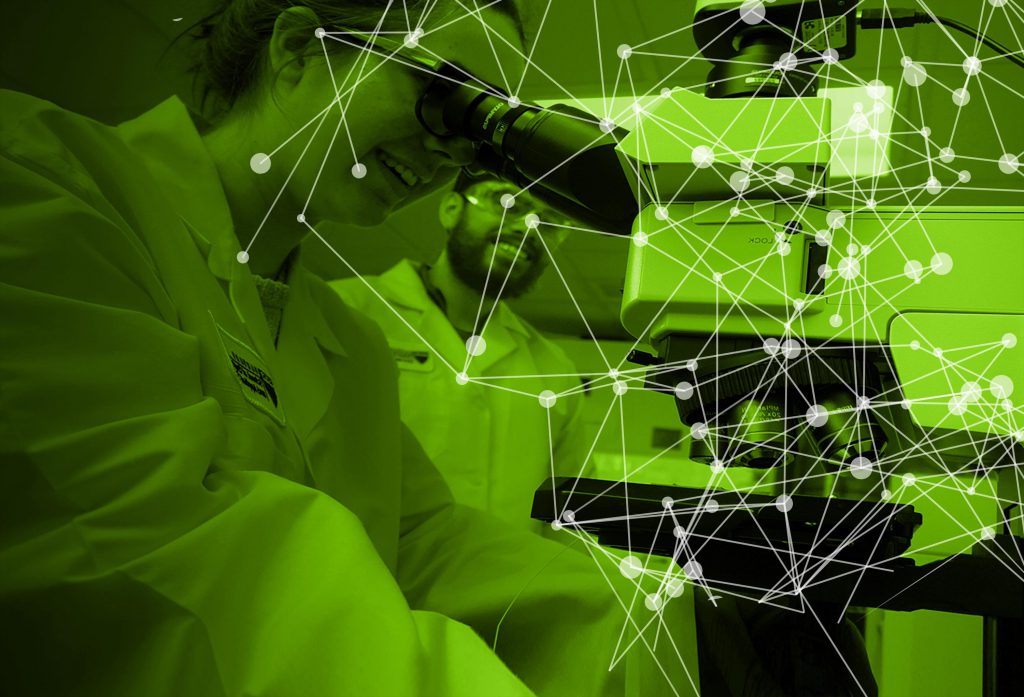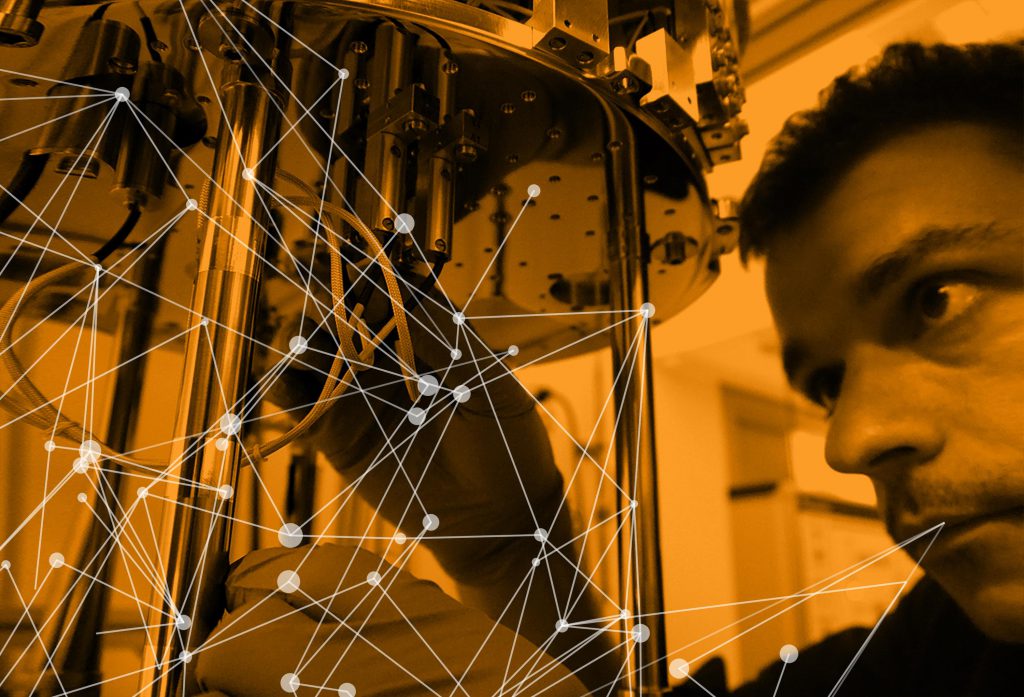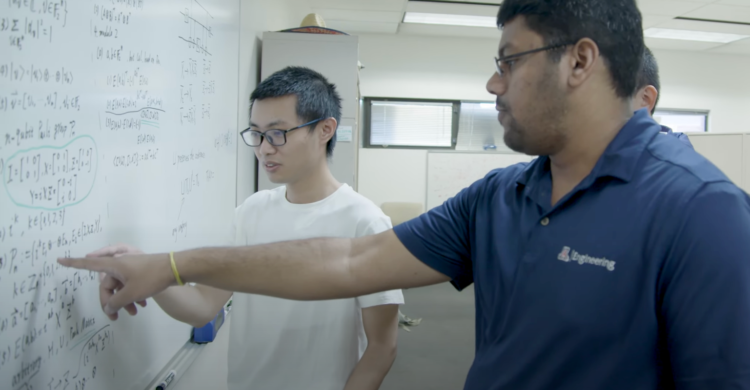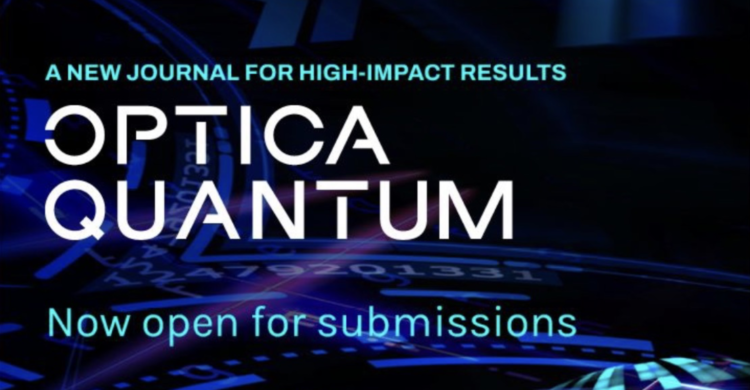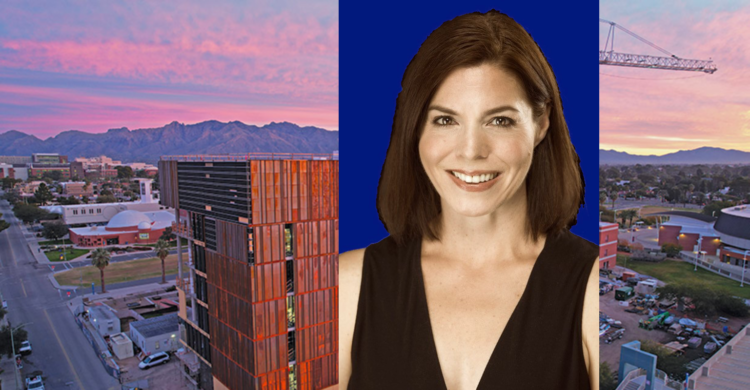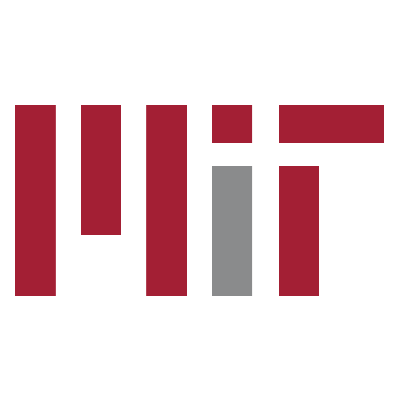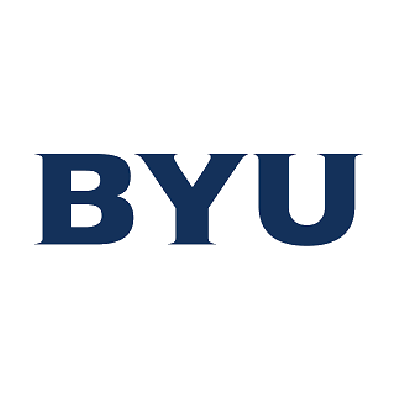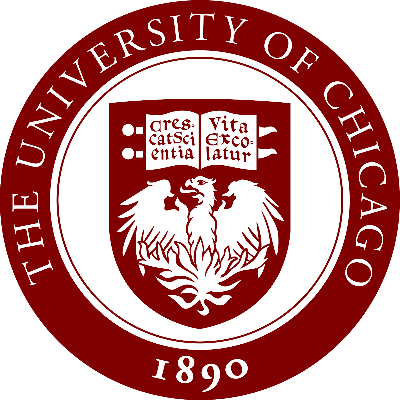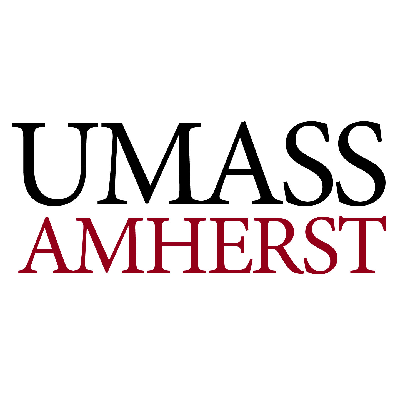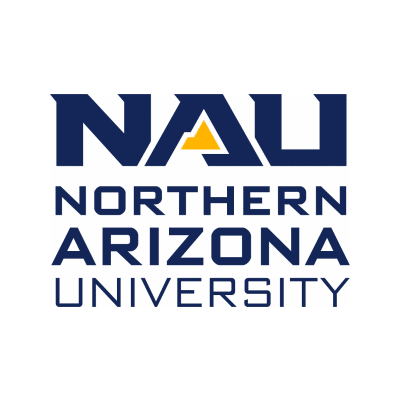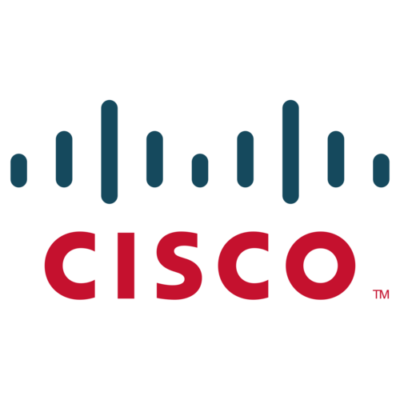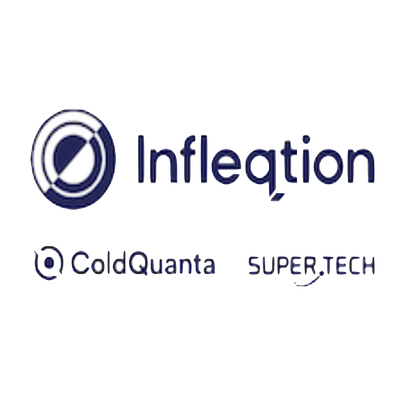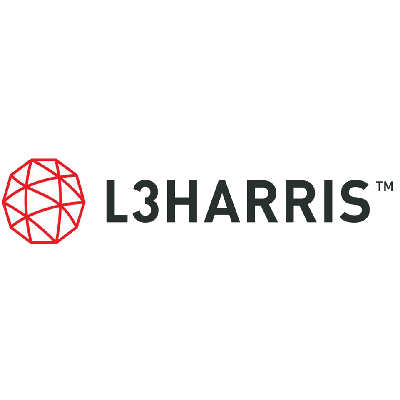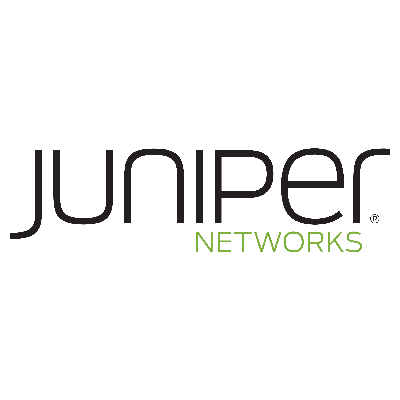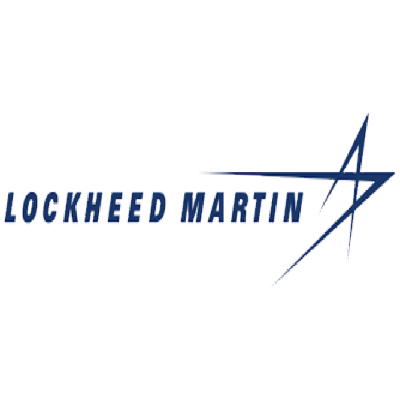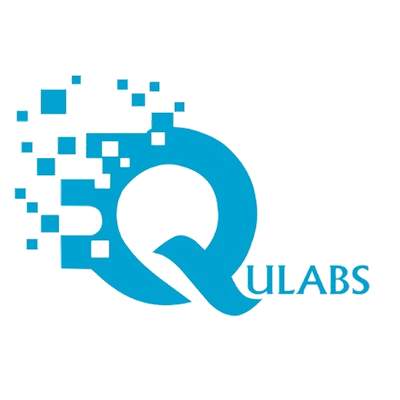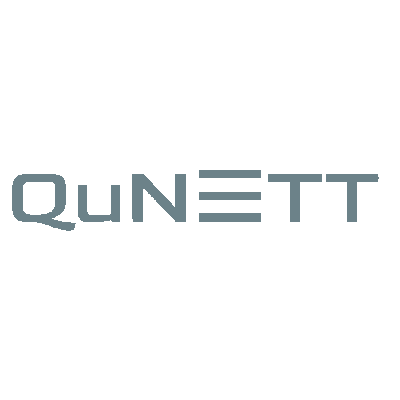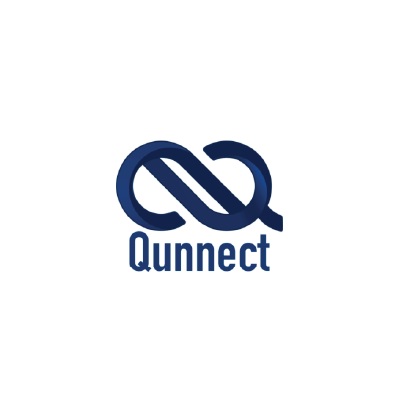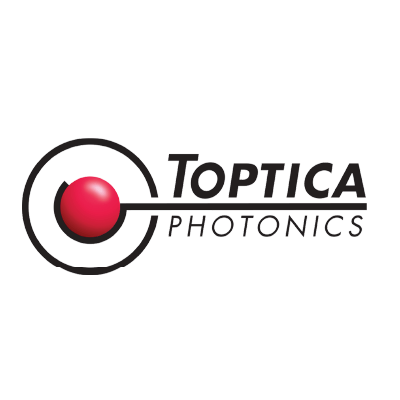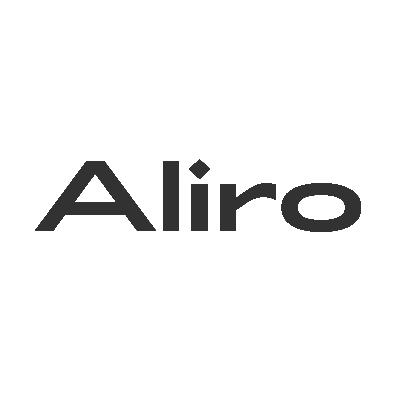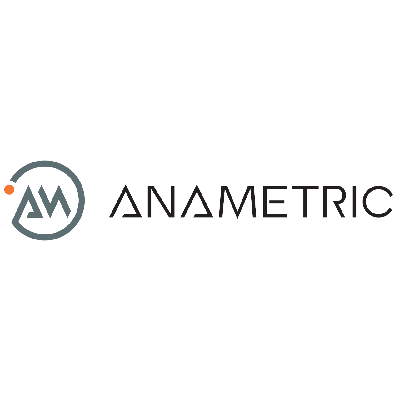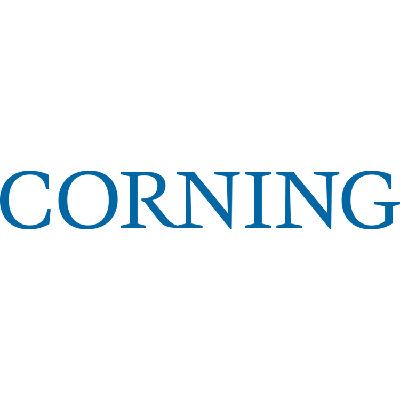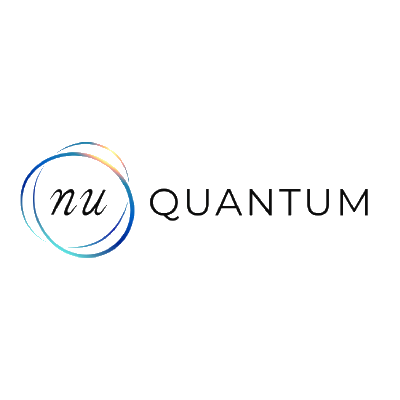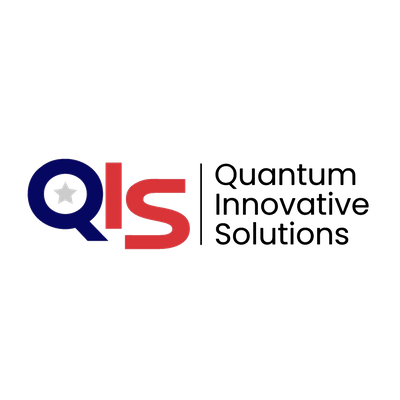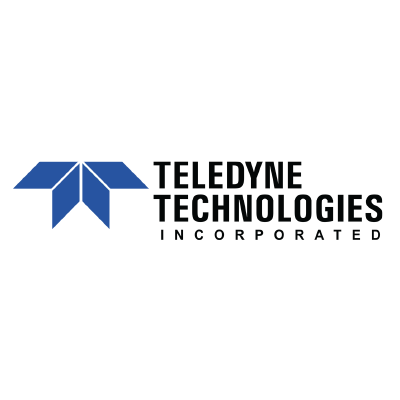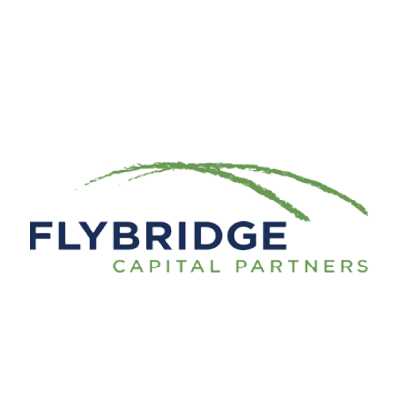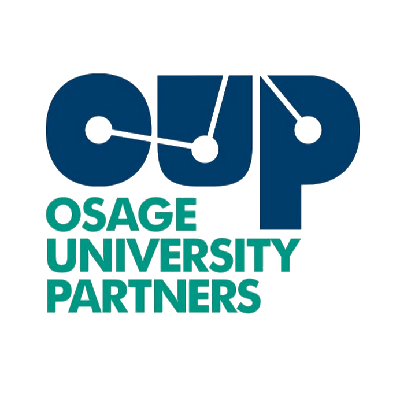GNarsil: Splitting Stabilizers into Gauges
- Oskar Novak
- Narayanan Rengaswamy
Quantum subsystem codes have been shown to improve error-correction
performance, ease the implementation of logical operations on codes, and make
stabilizer measurements easier by decomposing stabilizers into smaller-weight
gauge operators. In this paper, we present two algorithms that produce new
subsystem codes from a “seed” CSS code. They replace some stabilizers of a
given CSS code with smaller-weight gauge operators that split the remaining
stabilizers, while being compatible with the logical Pauli operators of the
code. The algorithms recover the well-known Bacon-Shor code computationally as
well as produce a new $left[left[ 9,1,2,2 right]right]$ rotated surface
subsystem code with weight-$3$ gauges and weight-$4$ stabilizers. We illustrate
using a $left[left[ 100,25,3 right]right]$ subsystem hypergraph product
(SHP) code that the algorithms can produce more efficient gauge operators than
the closed-form expressions of the SHP construction. However, we observe that
the stabilizers of the lifted product quantum LDPC codes are more challenging
to split into small-weight gauge operators. Hence, we introduce the subsystem
lifted product (SLP) code construction and develop a new $left[left[ 775,
124, 20 right]right]$ code from Tanner’s classical quasi-cyclic LDPC code.
The code has high-weight stabilizers but all gauge operators that split
stabilizers have weight $5$, except one. In contrast, the LP stabilizer code
from Tanner’s code has parameters $left[left[ 1054, 124, 20 right]right]$.
This serves as a novel example of new subsystem codes that outperform
stabilizer versions of them. Finally, based on our experiments, we share some
general insights about non-locality’s effects on the performance of splitting
stabilizers into small-weight gauges.
